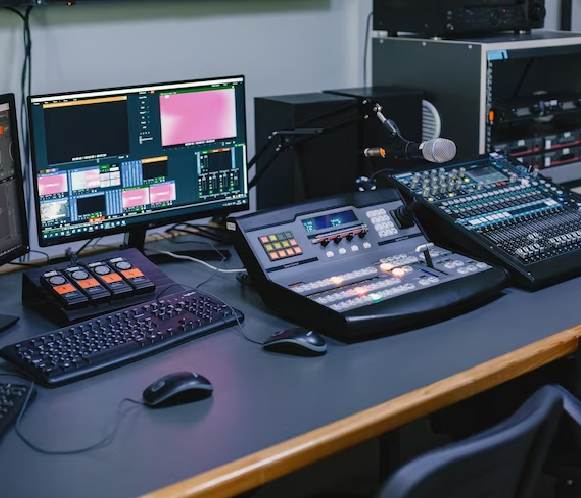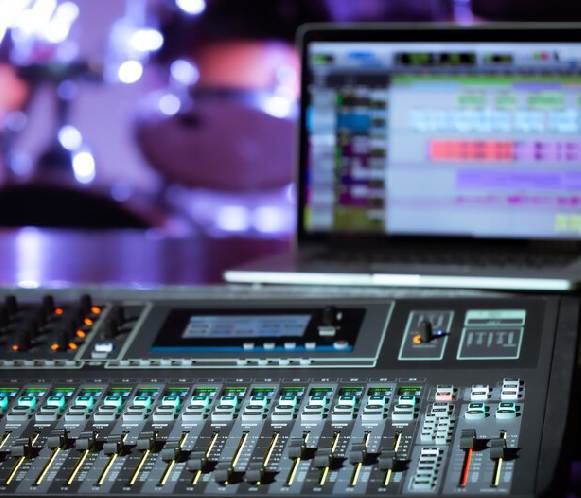
The Power of AV Systems
An Audio-Visual (AV) system amalgamates audio and visual components to amplify multimedia experiences for entertainment, education, communication, and presentations. These systems intertwine devices managing sound and images, occasionally extending to other sensory elements, creating immersive environments. They cater to diverse purposes, enhancing engagement and interaction through synchronized audio-visual stimuli. Whether in entertainment venues, educational institutions, corporate settings, or public spaces, AV systems seamlessly integrate technology to offer compelling, multi-dimensional experiences, elevating the way information is conveyed and experiences are shared.

